Chartreuse Cellars
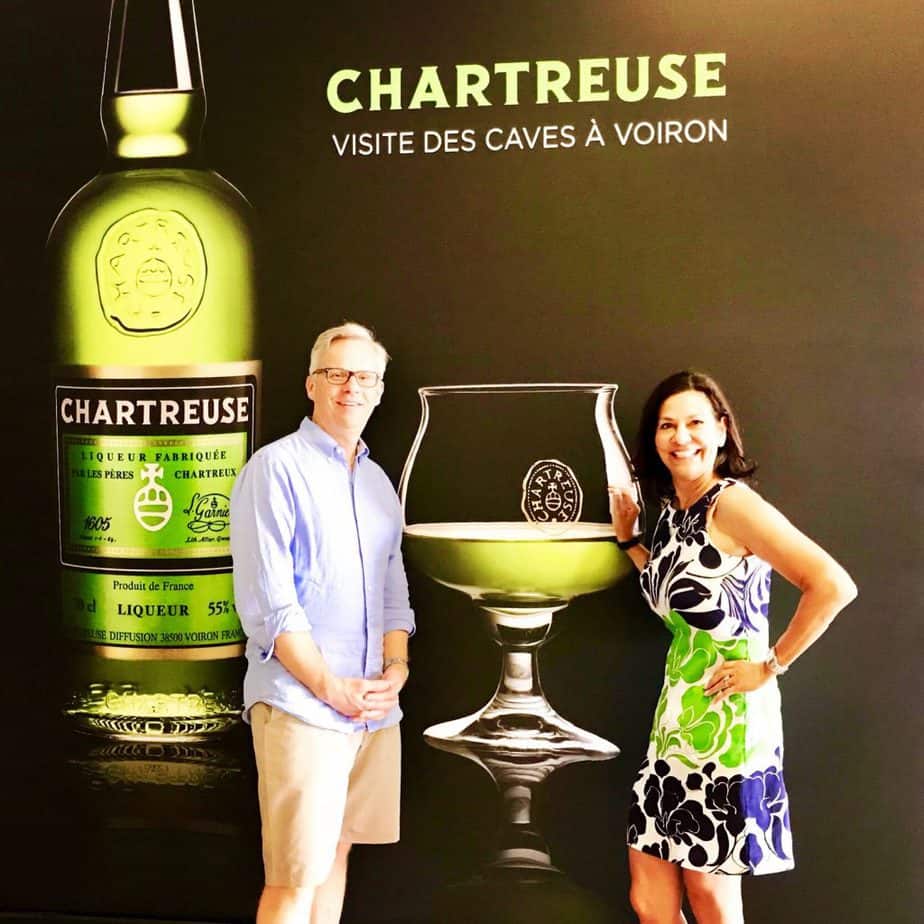
I’ve got a thing for Chartreuse. If you remember, last year I wrote a post about the history of Chartreuse. Missed it? You can check it out here. The following week, I posted cocktails made with the French liqueur that first showed up in 1605. I’ve even made fudge with it.

At the end of the original post on Chartreuse, I mentioned that you can visit the Chartreuse Cellars: “The Chartreuse Cellars are open for visits with a complimentary tasting.” I think that ever since I typed those words, I have been dying to visit the Chartreuse Cellars.
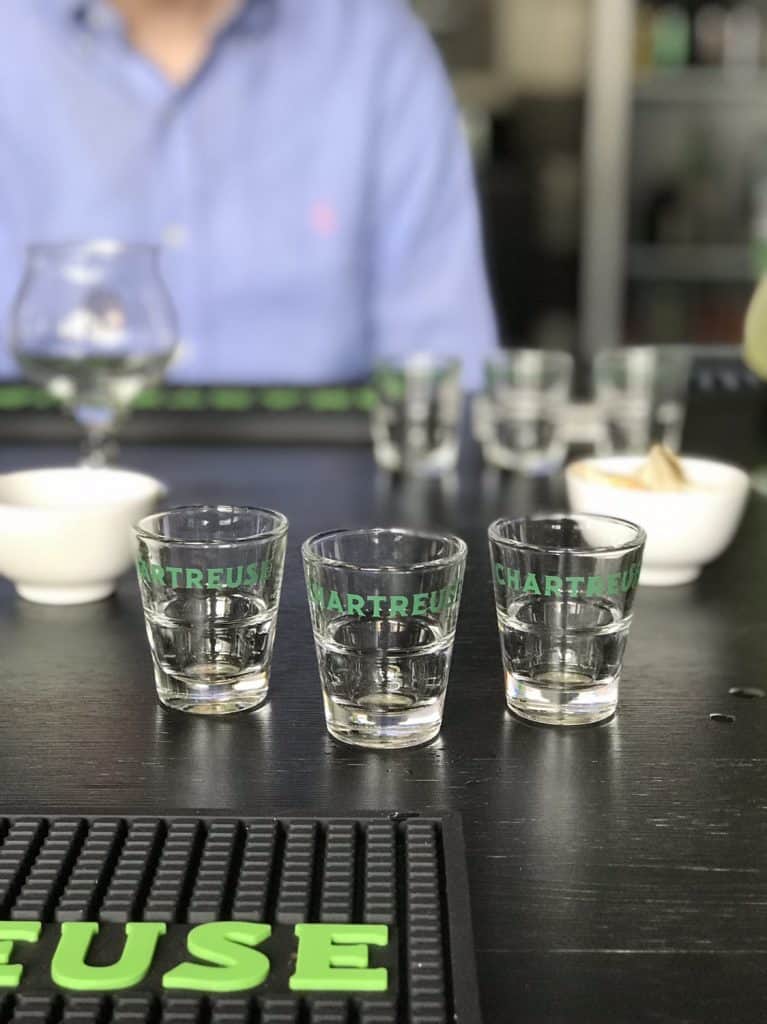
Well, I guess good things come to those who wait! This summer, Pete and I found ourselves in Lyon, France. While Lyon is one of the gastronomic capitals of the world, it is also about an hour’s drive from Voiron, home of Chartreuse.
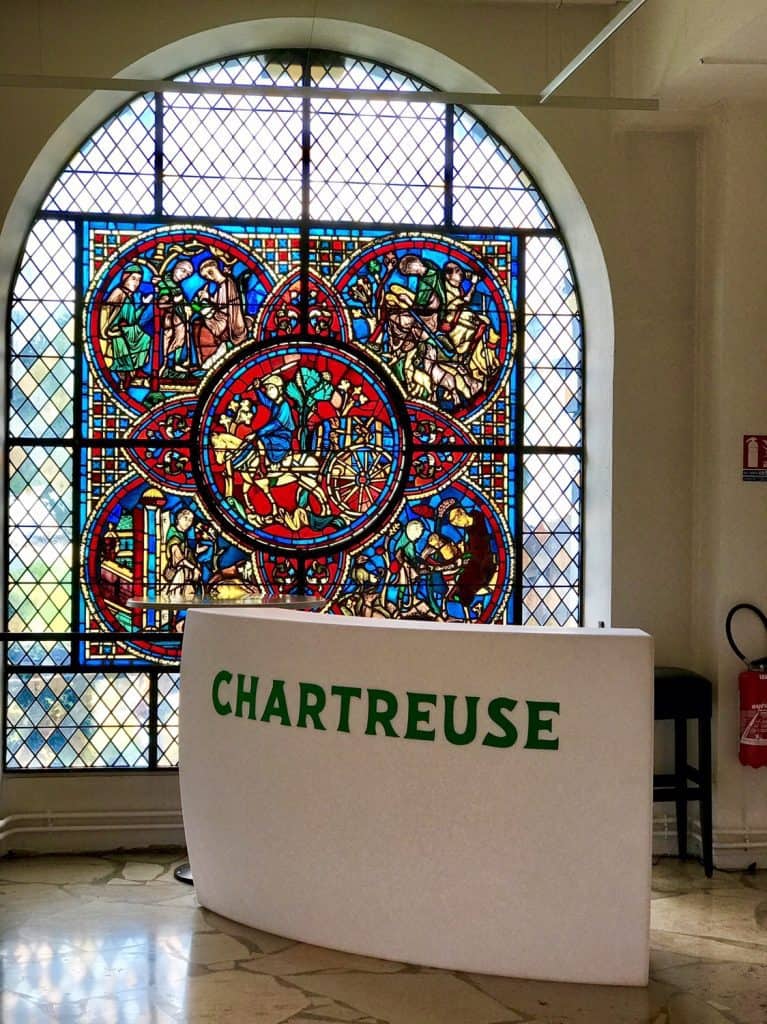
Roadtrip! (Yes, I did call SHOTGUN!)
To make an appointment for a tour of the cellars and a tasting, you have to book online. Although the French tour is complementary and is offered several times a day, the English tour is €15 and is only offered once a day, at noon. It is also limited to 10 people per day. The website is open for online bookings roughly two months to two weeks in advance of your proposed visit date. I visited the website every day for weeks and then started writing to the Chartreuse people, asking when July 21 was going to be available. Finally, one week before we left, the magic date appeared and I booked us in for the English tour!
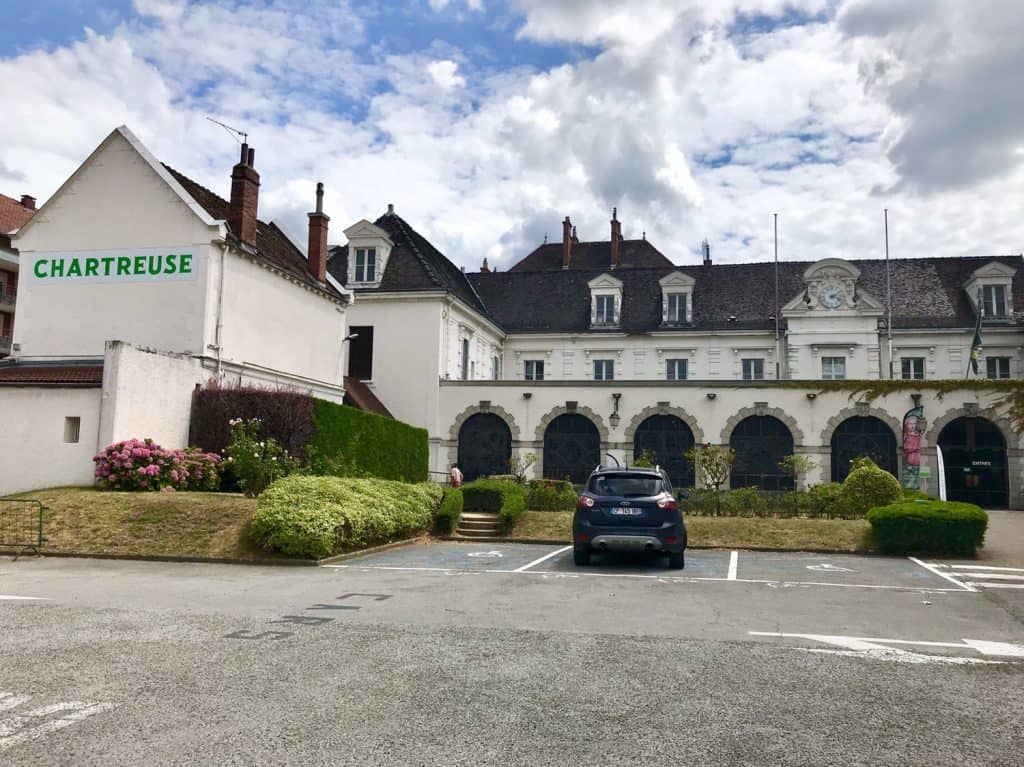
What do you get to see and do?
For our guided tour of the cellars, we had a young lady named Orline, who was studying tourism at the university. This was her internship position – how’s that for a summer job?
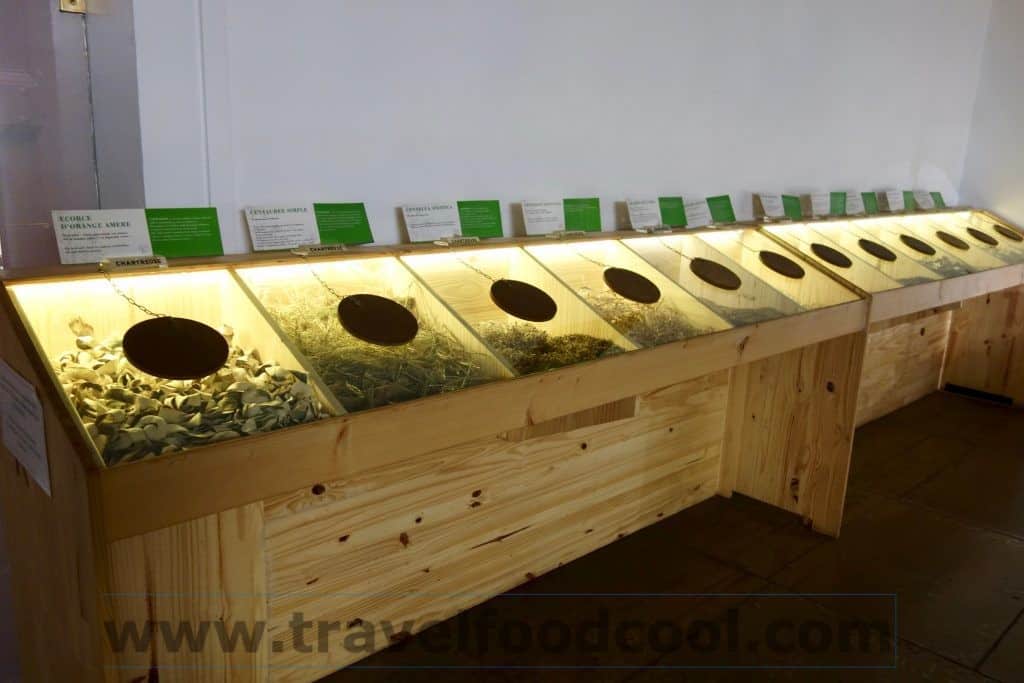
You start in a room which is full of open containers of dried herbs, plants, flowers and spices. Stick your nose in, take a sniff. These are “some of” the “maybe” herbs, plants, flowers and spices that make up Chartreuse. Why do I say “some of” and “maybe”? Well, the Chartreuse secret is only known to two Grand Masters at a time. That’s it. While you can guess what goes into it, only these two monks know for sure what combination of 130 herbs, plants, flowers and spices make up the secret recipe!
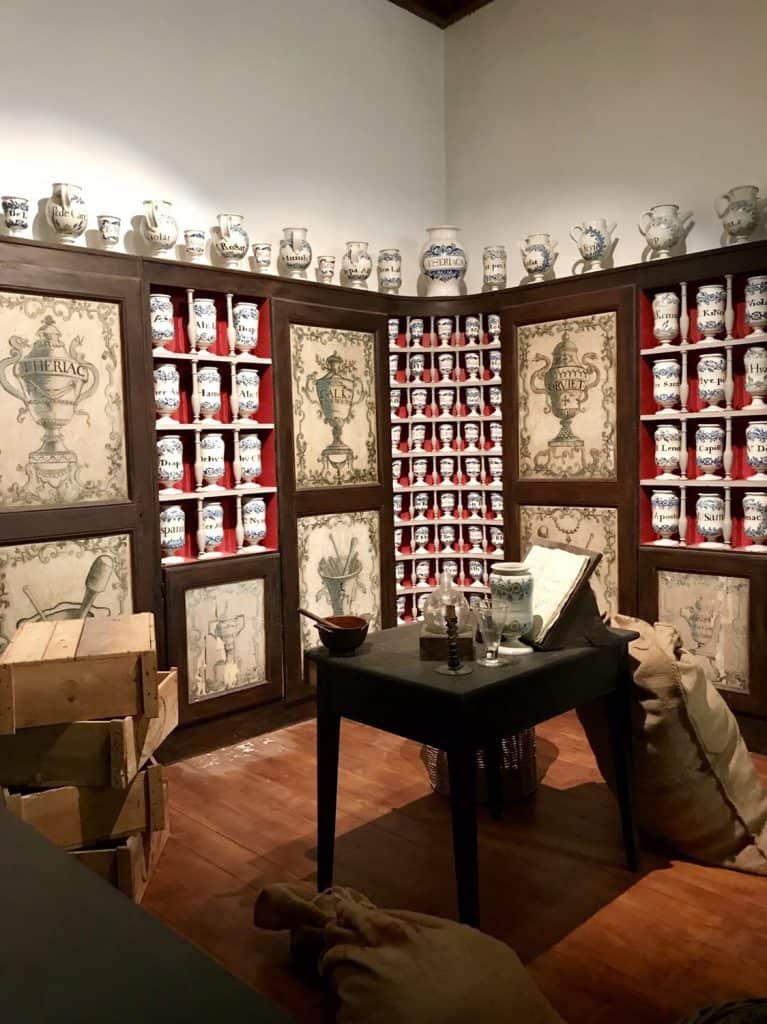
We tried the original Elixir Vegetal on a sugar cube. This is the product that was first made by the Chartreuse Monks in 1737 according to the instructions set out in the secret manuscript given to them by Maréchal d’Estrées in 1605. The Herbal Elixir is a cordial, a liqueur and a “very effective tonic”.
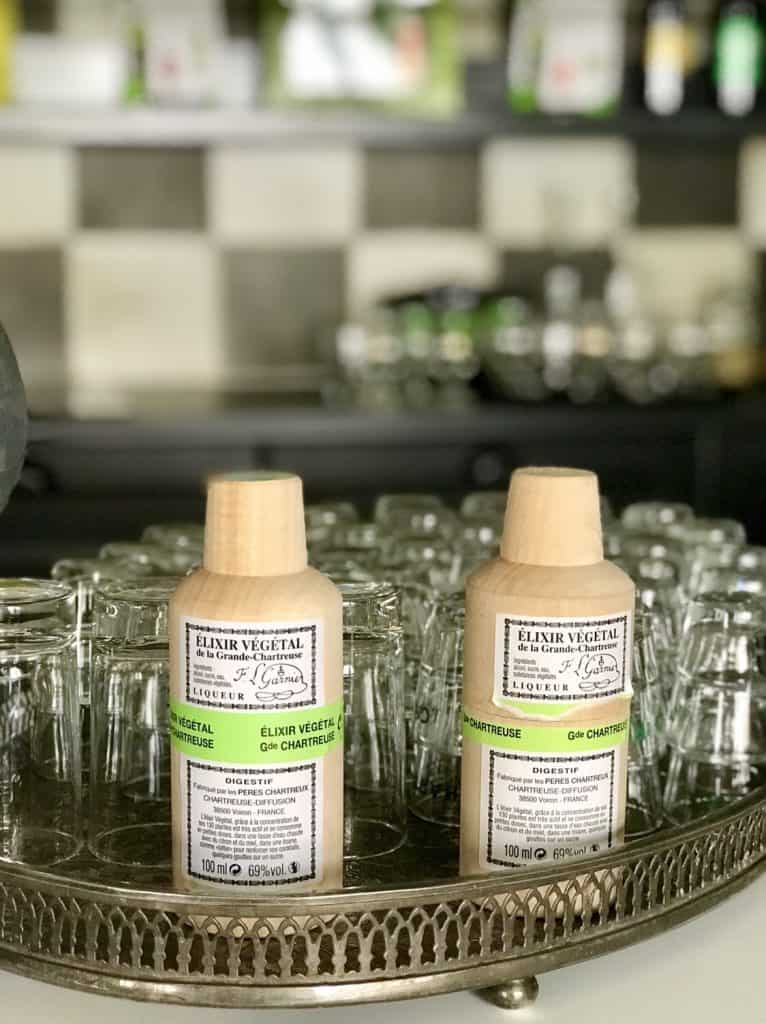
In this room, there is a display on the history of the famous manuscript (which is at the heart of the origin of Chartreuse) as well as a model of the Grand Chartreuse Monastery buildings.
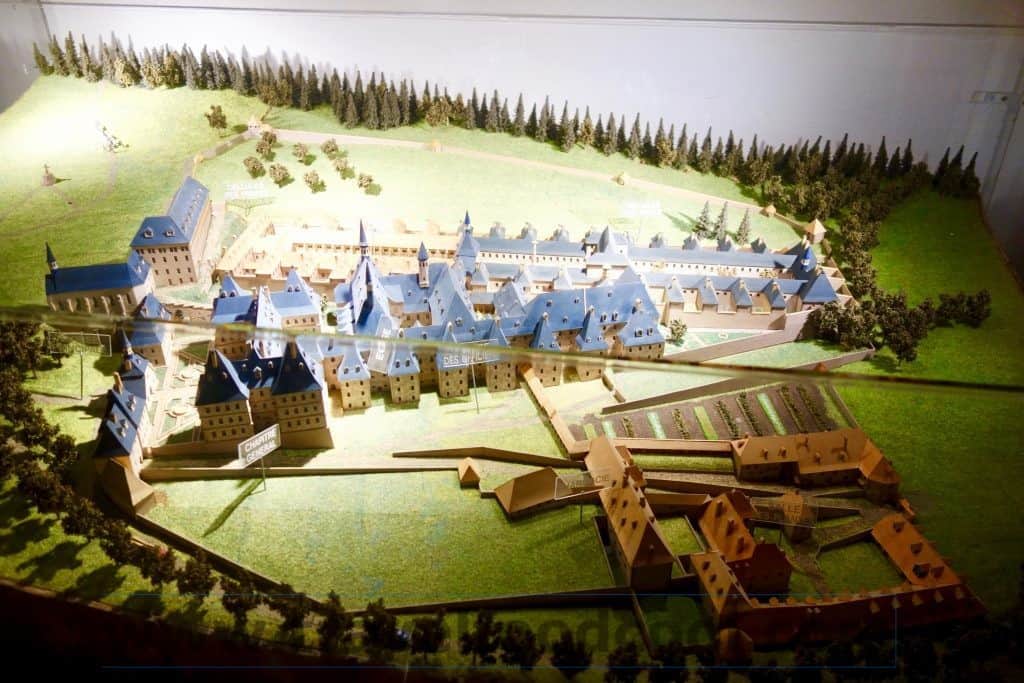
Into the cellar we go. No photos are allowed in the cellar due to the distillation process that is taking place. A film shows the distillation process and how the Chartreuse magic is produced. Sacks on the floor contain some of the mixed herbs. In fact, the herbs, plants, flowers and spices are mixed in combinations, never the same, before the sacks are sent out for production. The numerous sacks and their blended contents are reunited prior to the distilling process. This way, if someone happens to steal a sack, they still won’t have the magic combination.
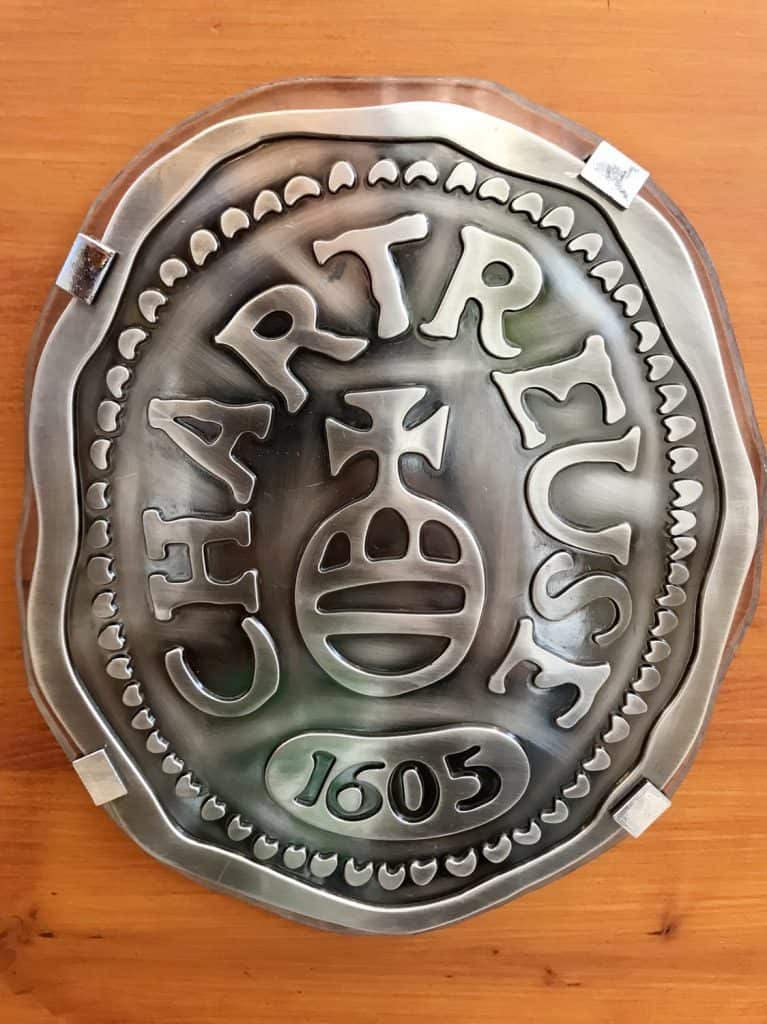
Discover the longest liqueur cellar in the world!
The cellar is a working cave. It is filled with 220 barrels of various sizes. Some special smaller barrels include the cask given to Queen Elizabeth (who is a Chartreuse fan) for her coronation in 1952 as well as a special barrel to commemorate the 1968 Winter Olympics in nearby Grenoble, France.
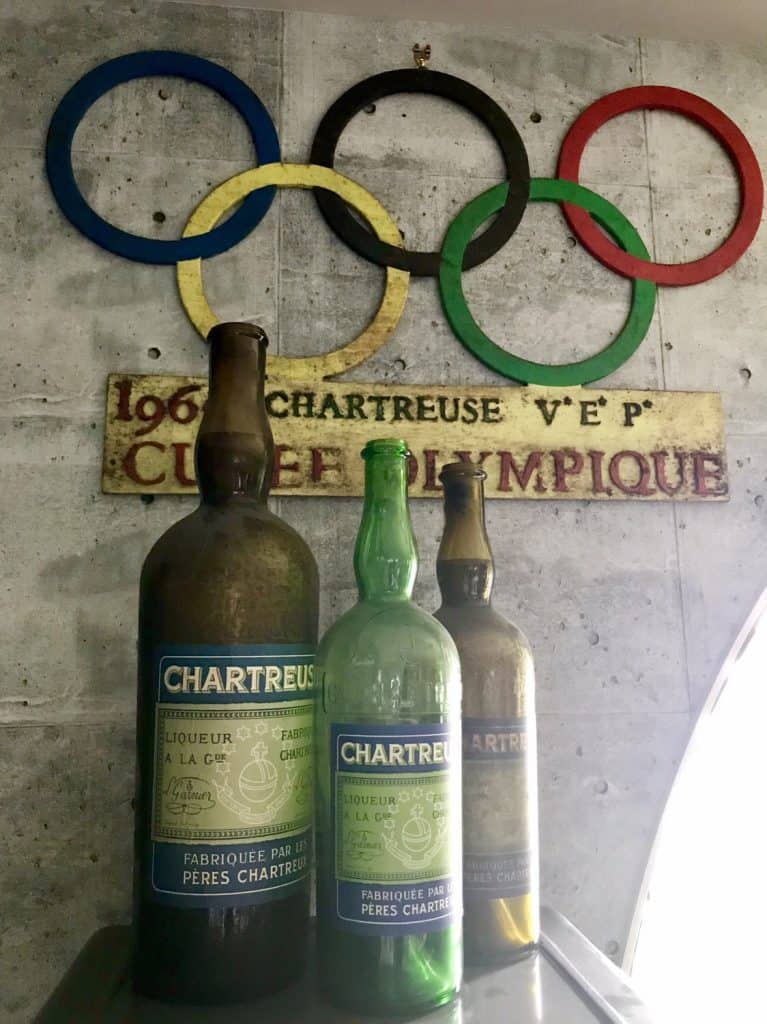
The cave is also massive. It runs roughly 164m in length and contains liqueur for approximately 2,000,000 bottles. Of the 1.7 million bottles produced each year, half of them end up in Europe (France, Spain and Germany) and 30% in the U.S.
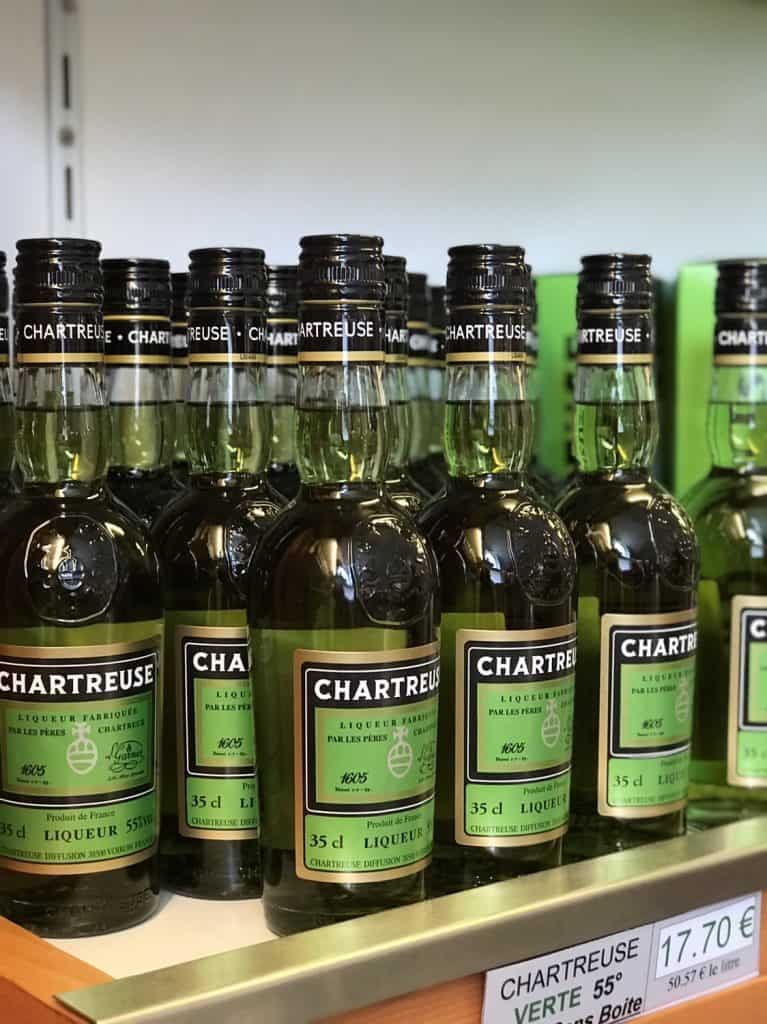
The facilities are about five minutes away from the local train line and you can feel it when a train rattles by. We felt a little lucky as the actual cellaring will soon be moved to a different location, although future tours will continue go through the same location in Voiron. All new production, from maceration to the bottling process, has already moved to the new location in Aiguenoire, which is closed to the public. The first distillation on the new site occurred in November 2017 and the last production at the Voiron site will occur next year, after the aging process is finished.
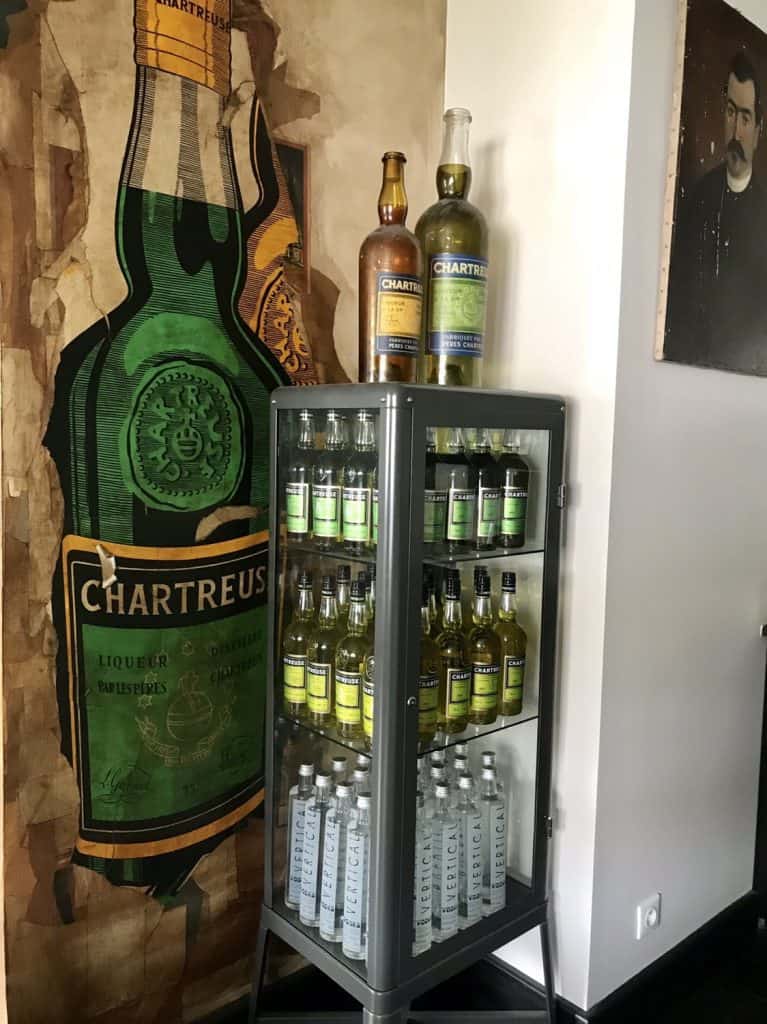
After the tour, there is, of course, a tasting. If you are with a bigger group, you will go to the bar where you will get to try Green Chartreuse, Yellow Chartreuse and a Chartreuse cocktail.
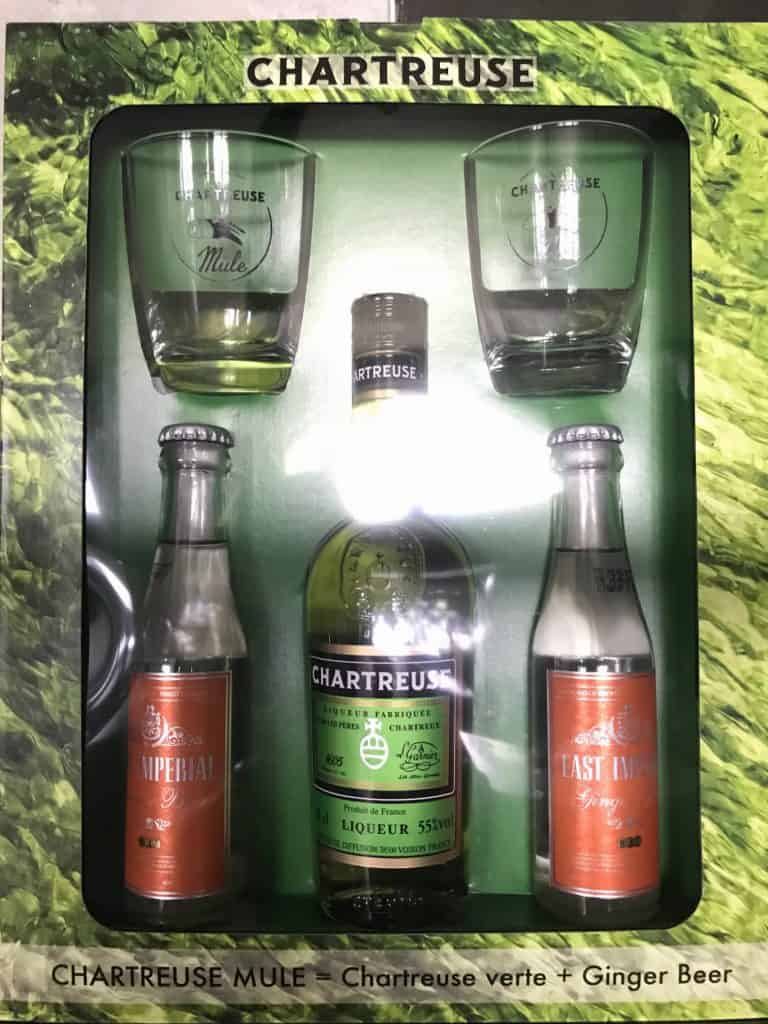
This is where we lucked out.
The day of our tour, there was only Pete and me. So we had a private tour of the cellars.
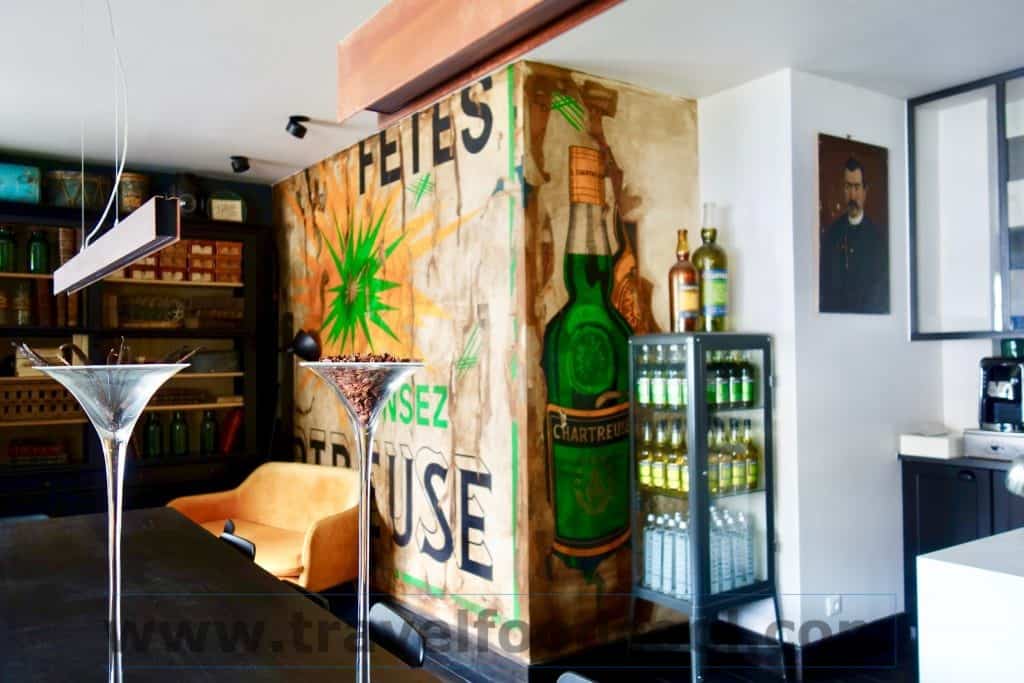
And for our tasting, Orline took us to the private Chartreuse speakeasy. Since you know we love speakeasies (Seoul, Montreal, Buenos Aires, Las Vegas), you can be pretty sure that I was kind of geeking out at that moment.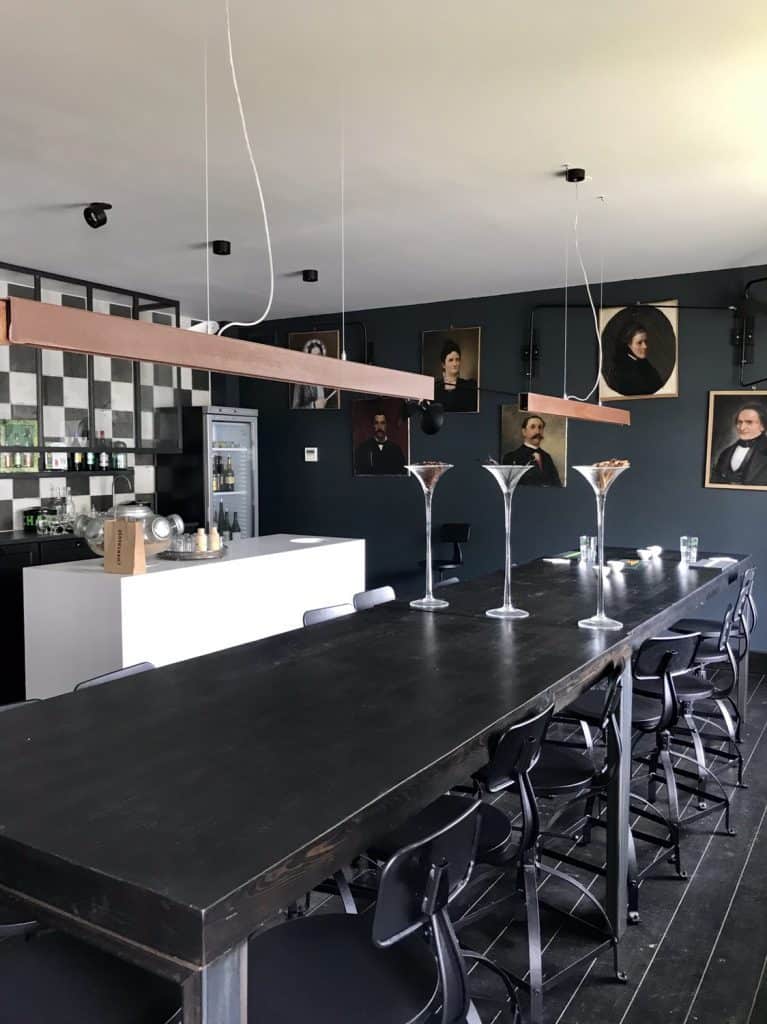
Inside the hidden Chartreuse speakeasyI’m guessing that I was pretty obviously excited to be there, as Orline let us try not only the Green and Yellow Chartreuse, but the MOF, the Centenaire and the Chartreuse 1605. And she made us a Chartreuse Mule cocktail (super yummy, I recommend it!).
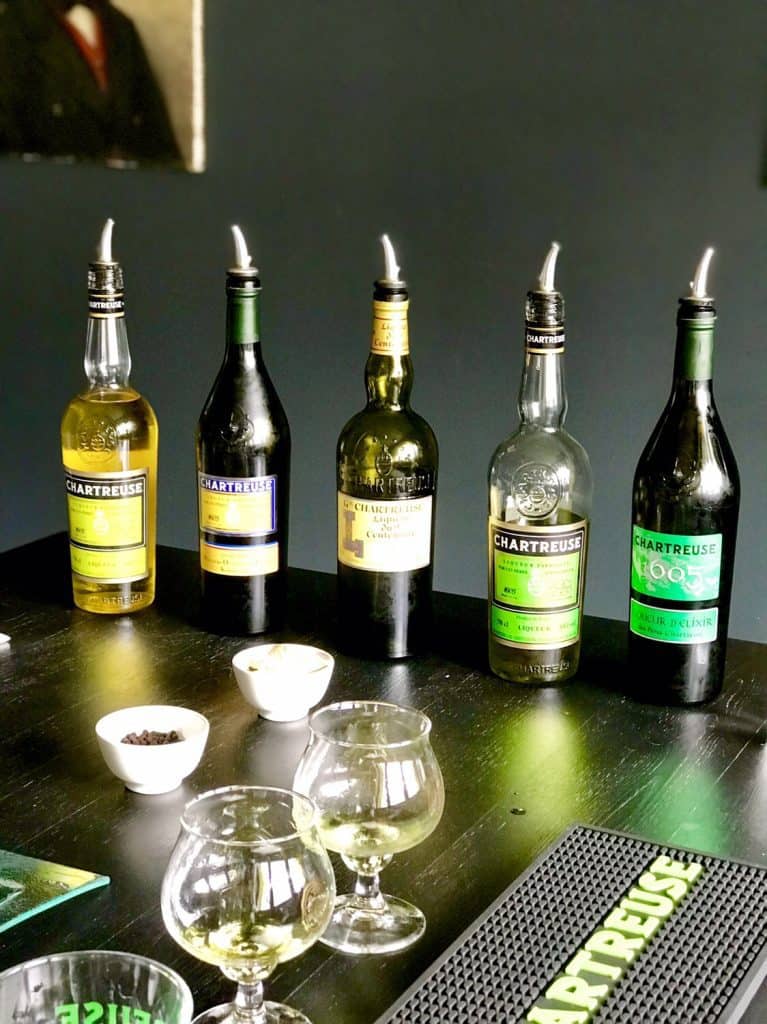
While you have seen the Green and Yellow Chartreuse and maybe the MOF, the Elixir Vegetal, the 9º Centenaire and the Chartreuse 1605 were totally new to us.
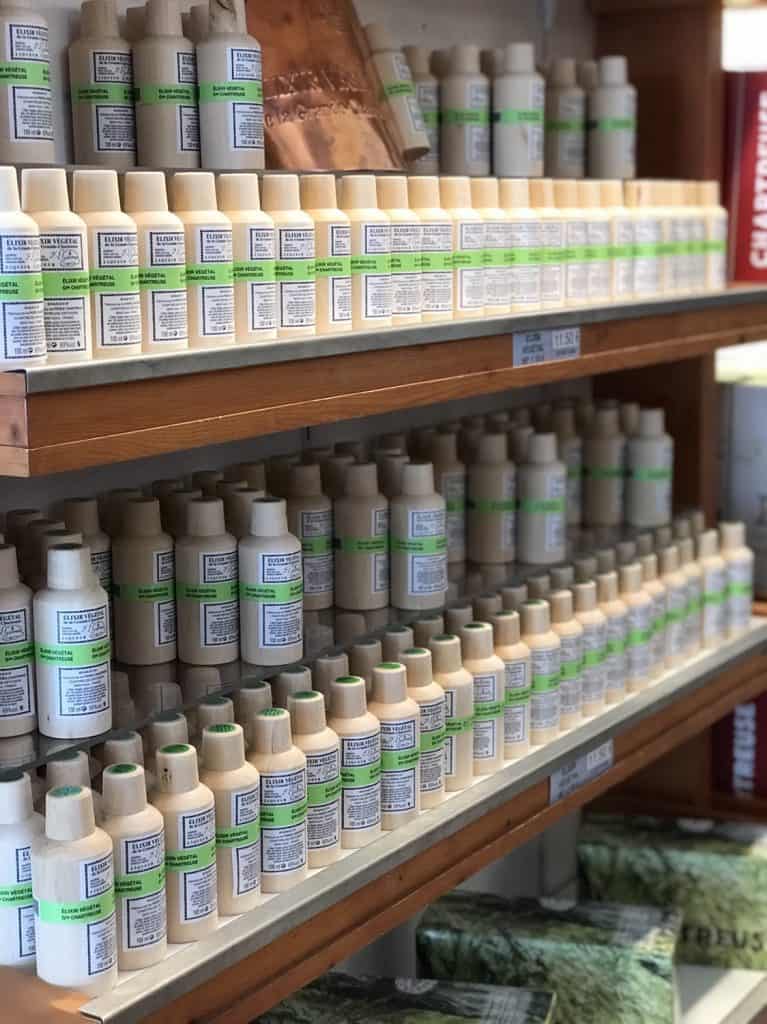
The 9º Centenaire “was created in 1984 to commemorate the 900th year of Chartreuse Monks (the founding of the Grande Chartreuse Monastery was in 1084). Its colour is also entirely natural and it is a little bit sweeter than the Green Chartreuse.” The numbered bottle is a replica of the one used in the 18th century.
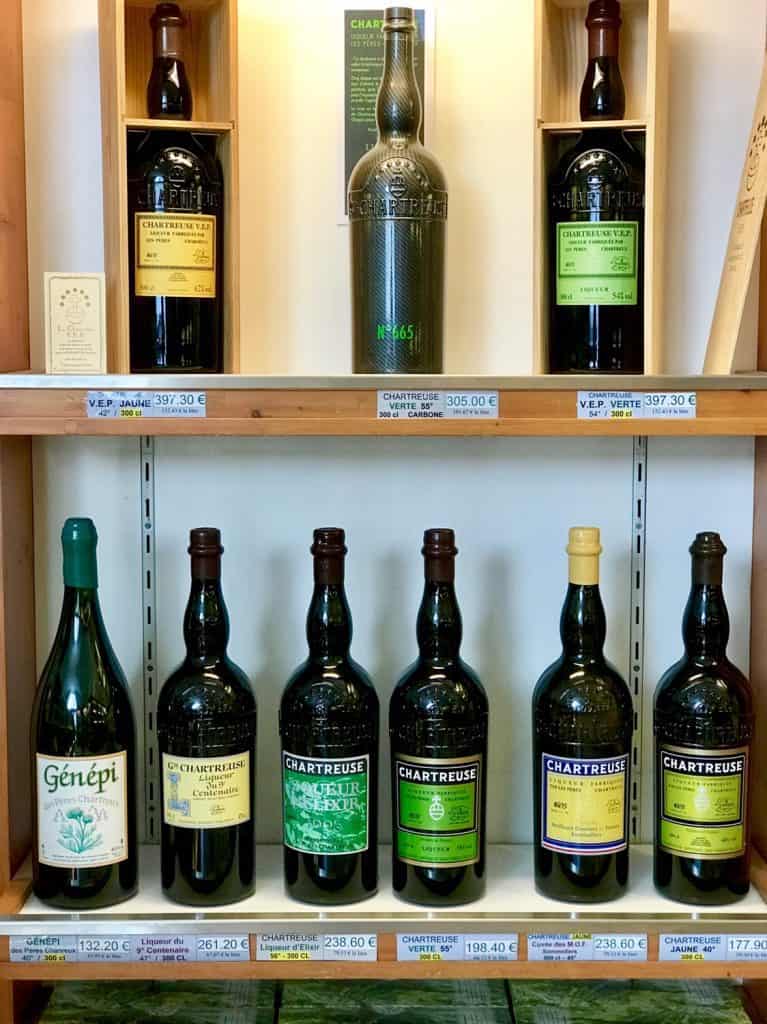
The Chartreuse 1605 – Liqueur d’Elixir “was created in 2005 to commemorate the 400th anniversary of the manuscript. This Elixir gave birth to the Green Chartreuse and in 2005 the Chartreuse monks created the “Chartreuse 1605” to pay tribute to this powerful first liqueur.”
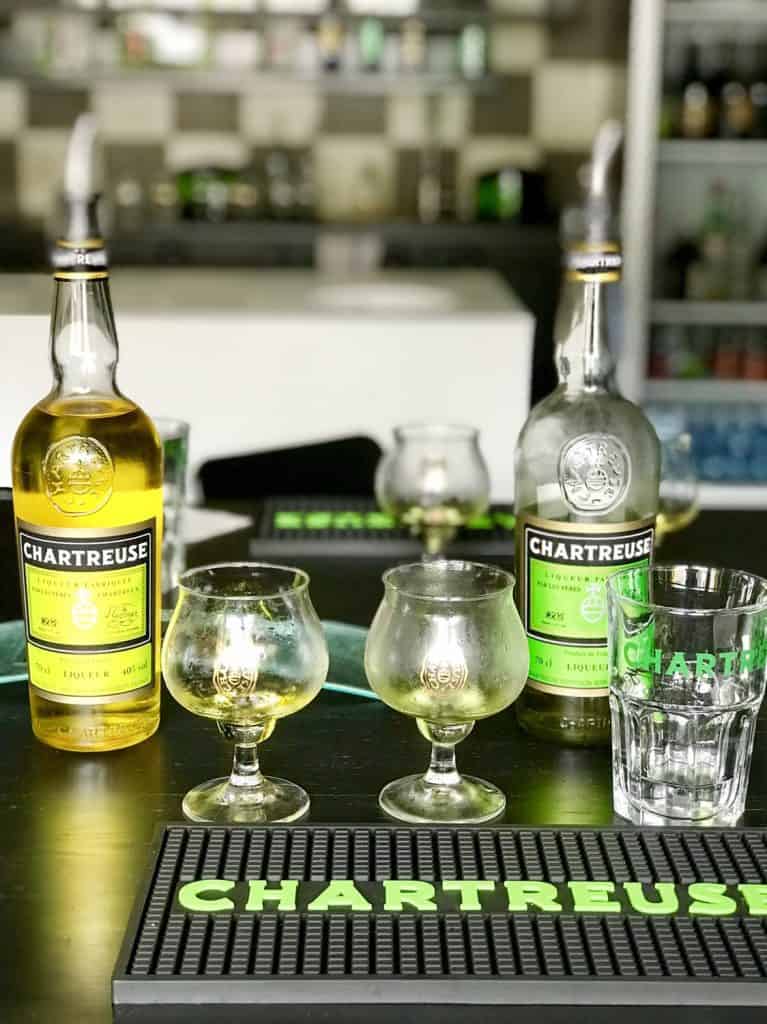
If you can find the Chartreuse MOF in North America, pick it up. We managed to find a bottle in Calgary. From the Chartreuse website: “In 2007, the “Best Craftsmen of France – Sommeliers” contacted the Chartreuse monks in order to create a “masterpiece”. They worked long and closely with them to give us this jewel: a golden yellow Chartreuse.”
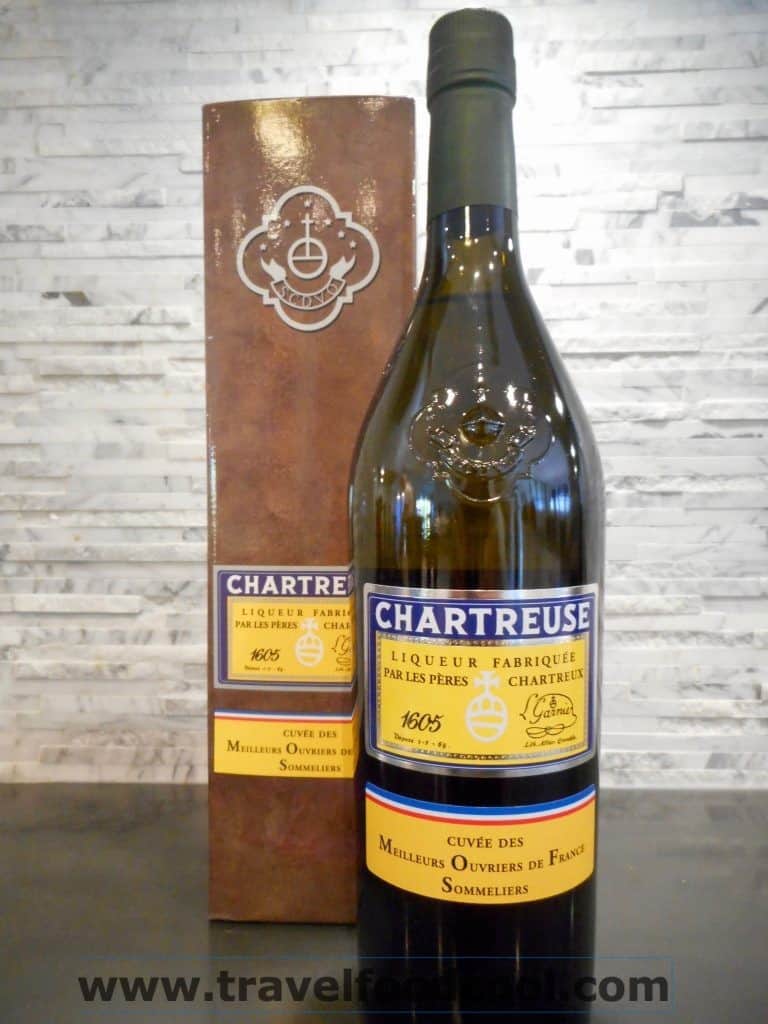
No tour would be complete without a visit to the gift shop where you can buy various sized bottles of the various Chartreuse products, t-shirts, Chartreuse flavoured chocolate bars, glassware and other specialty items like a flight case (I so wanted this one!).
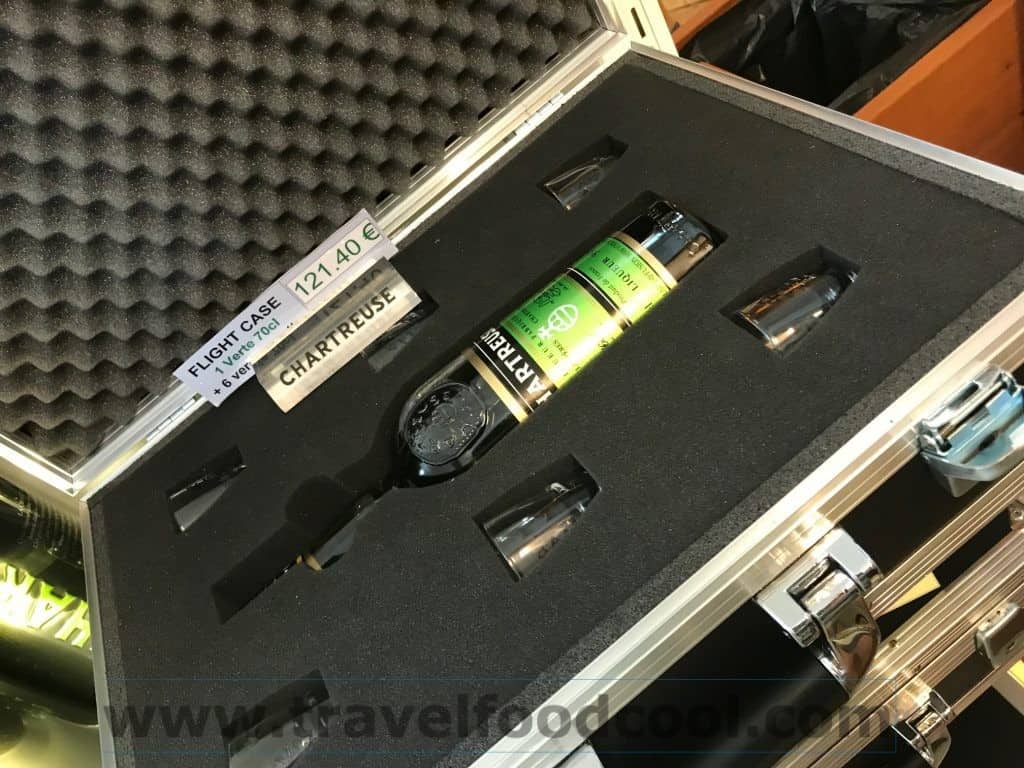
We had an absolute blast that day. A big thank you to Orline for such a great tour and for letting me totally geek out and try all those special Chartreuses in the speakeasy!
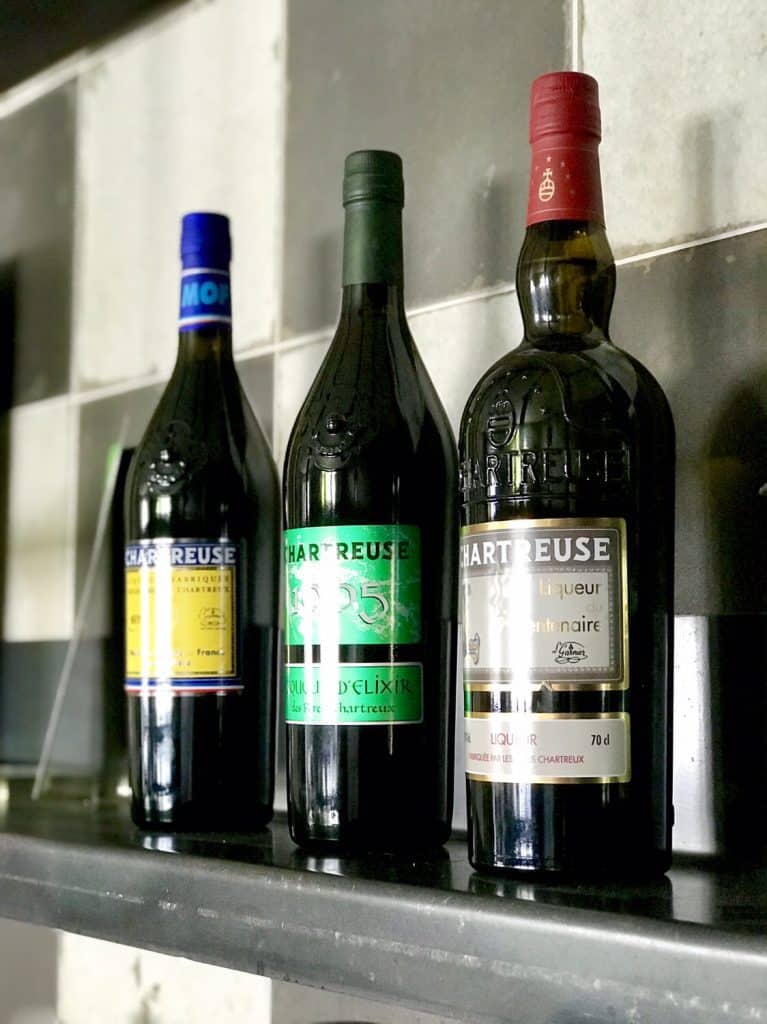
A few things to note:
The tour ends at 2 pm and there are very few restaurants or spots open in town at that time for lunch. Bring a picnic or sandwiches, you will probably want them after the tour.
While in town, stop into the Cathedral and say hi and thank you to Saint Bruno, the Founder of the Order of Grand Chartreuse in 1084.
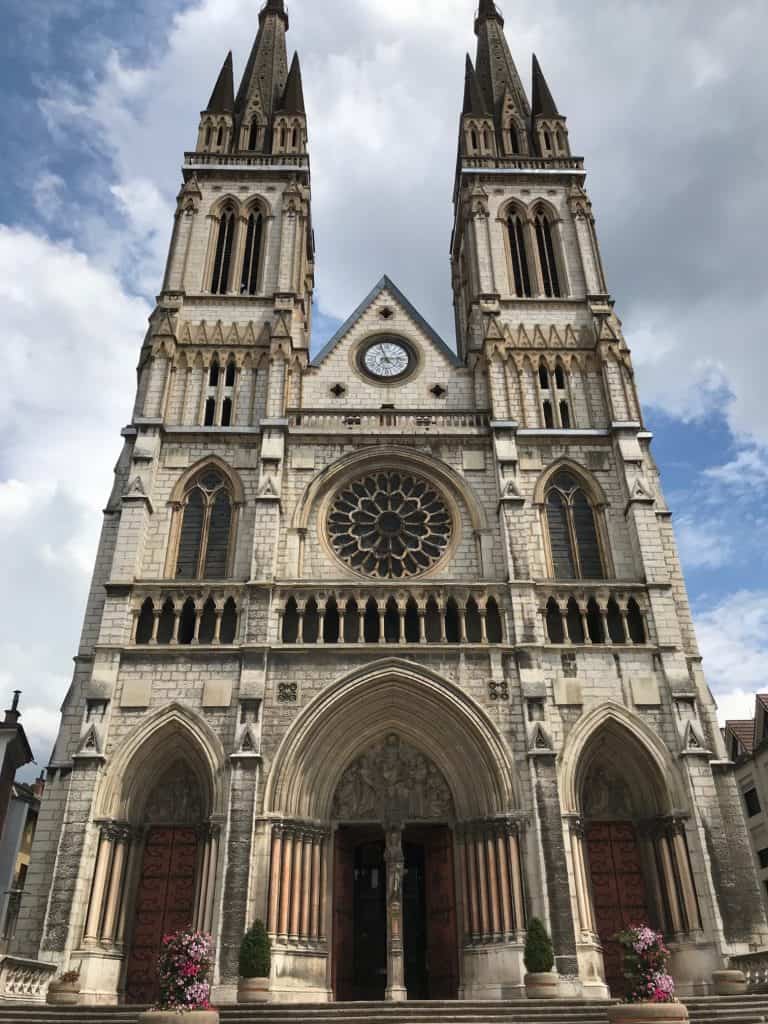
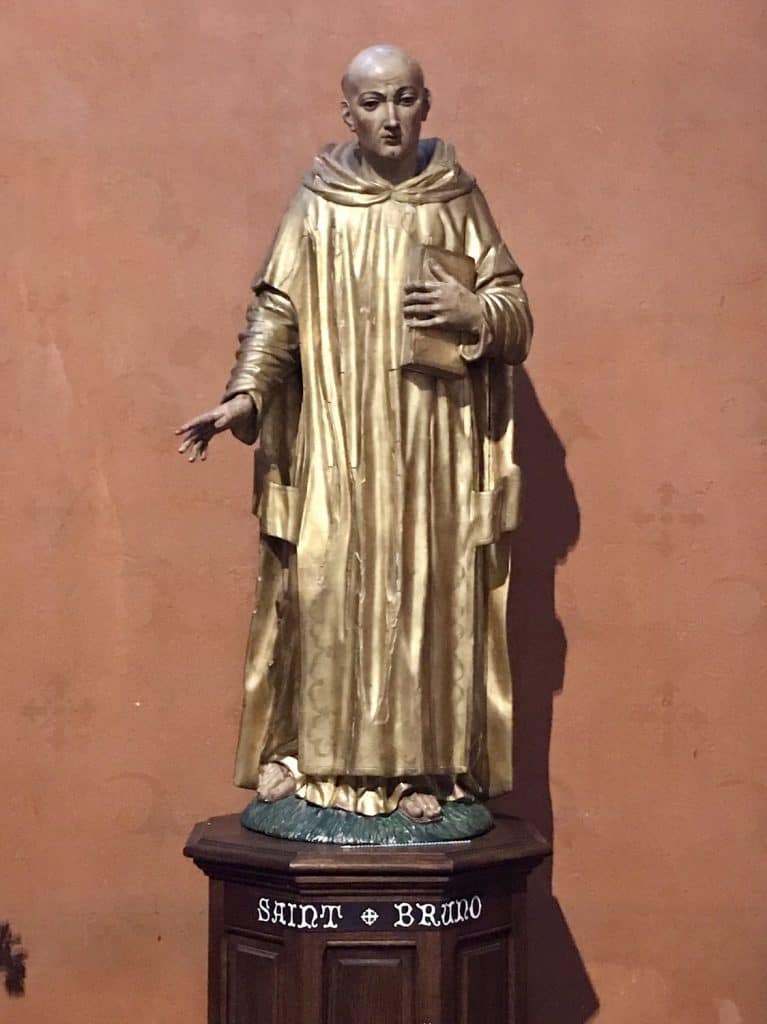
Interested in your own English tour? Check out the Chartreuse.fr website, or click here.
Want to shake up some cocktails? Click here to see some fabulous cocktails that some very talented Instagram friends created, including my friend Carissa, who loves Chartreuse more than anyone I know. Carissa, this post on the Chartreuse Cellars is for you.
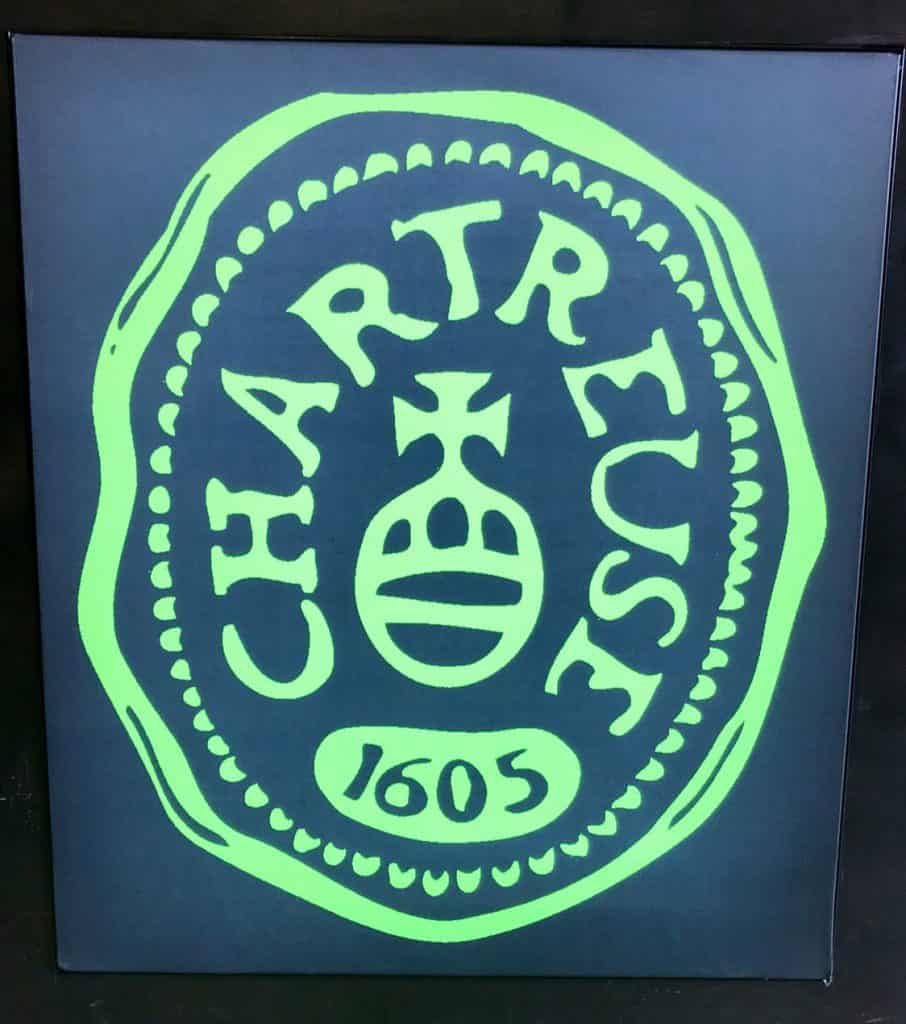






















Where to start?! First of all, that pic of you and Pete is great. Your dress is PERFECT for a Chartreuse post. The photos and your descriptions are wonderful. Loved the balance of history, travel tips, and fun! Makes me want to do a tasting of them all. Which one was your favourite and why? And which one do you think is the most versatile one to have on hand?
Thanks Larissa for the kind words! I’m more of a Green Chartreuse girl, but I did quite like the 9 Centenaire, which a a balance between the Green and Yellow maybe the most versatile. Pete loves the MOF which is a great after dinner drink.